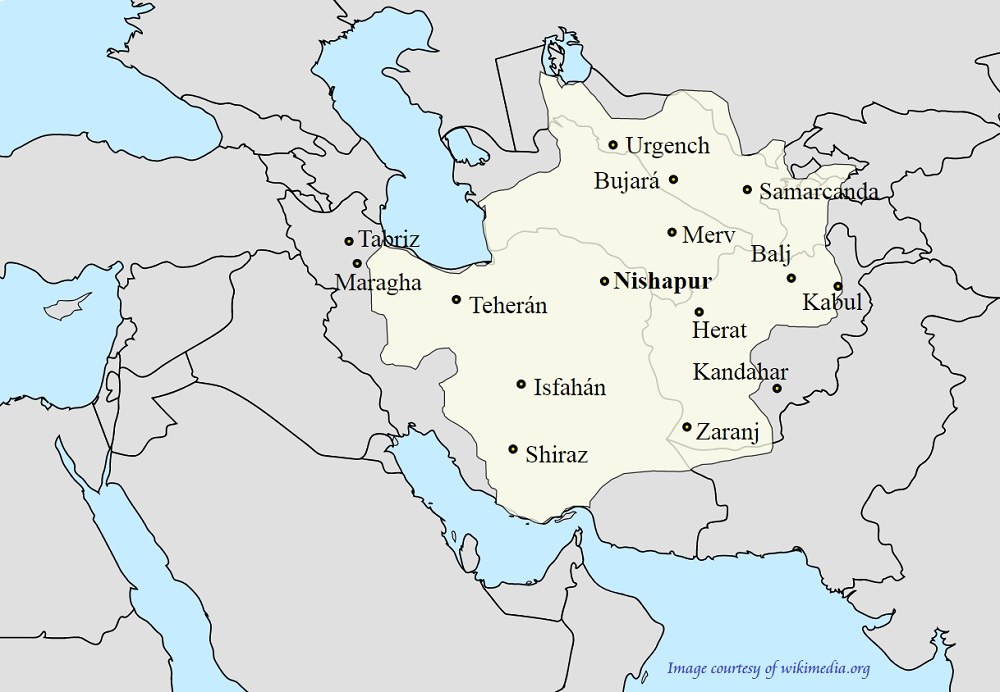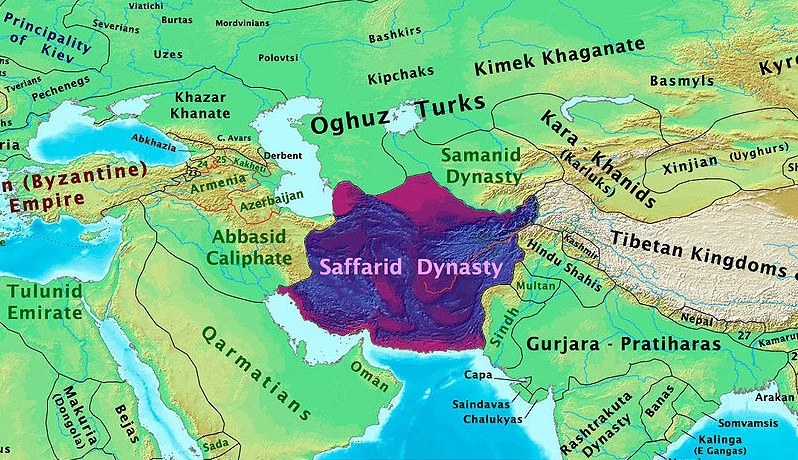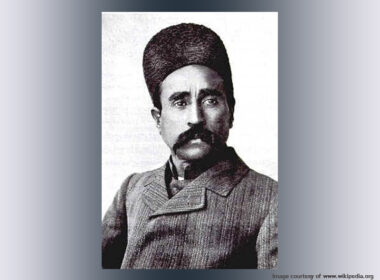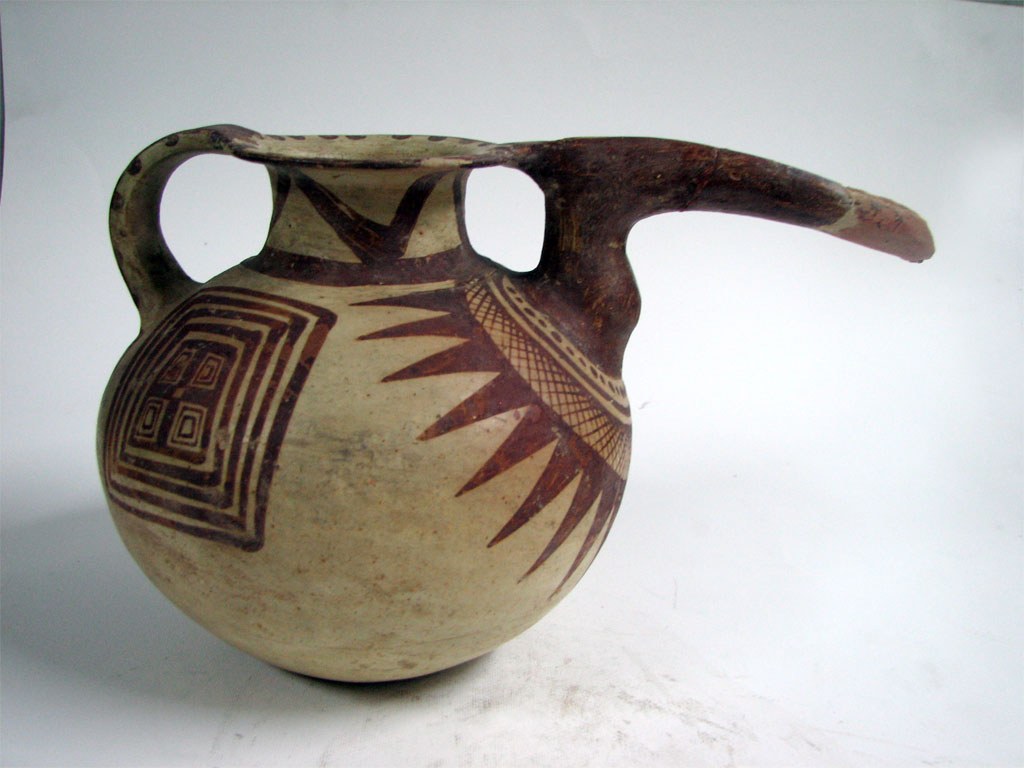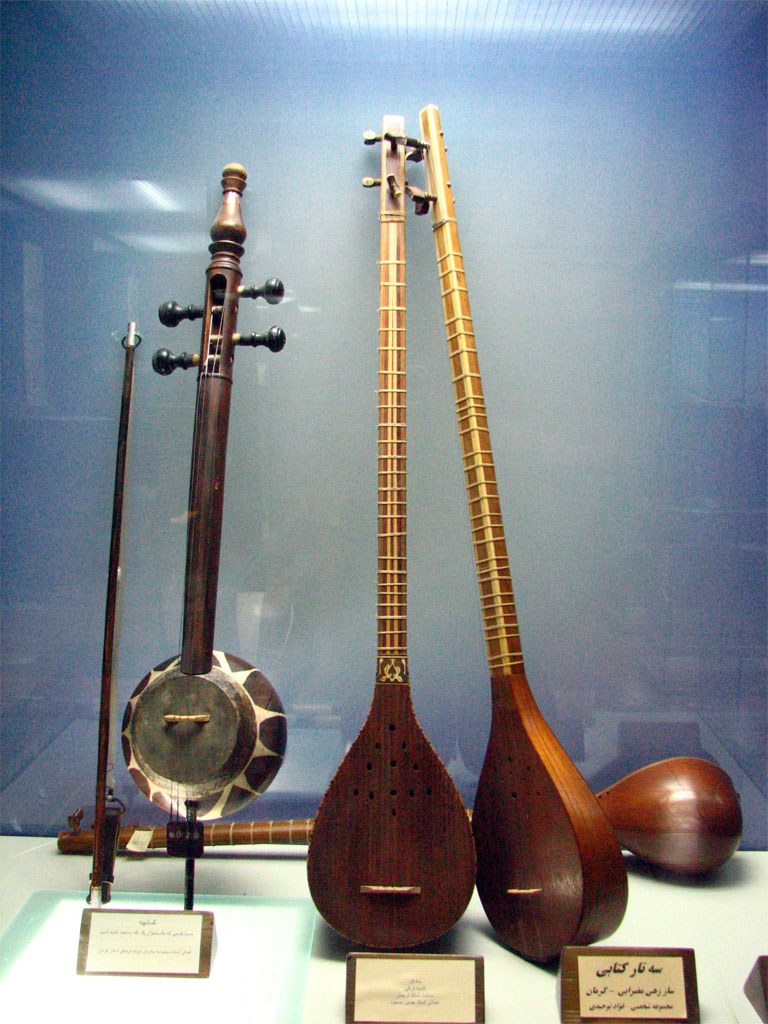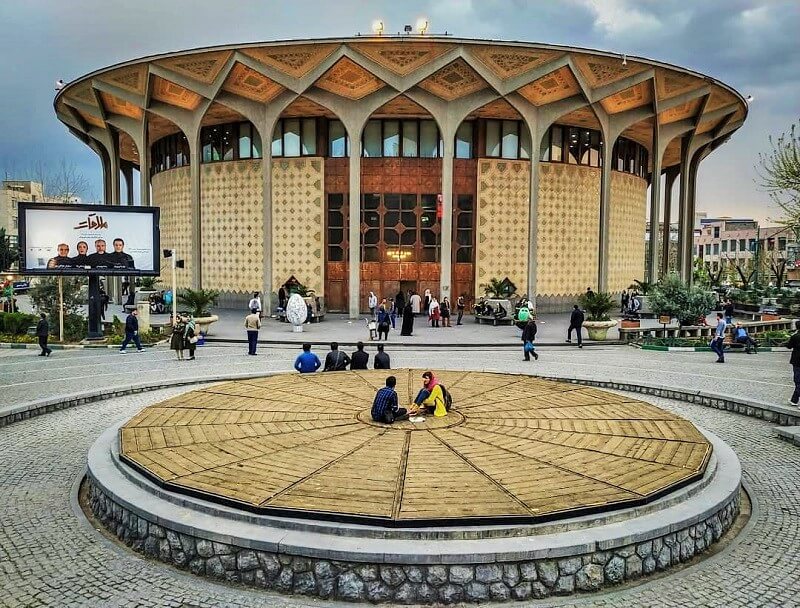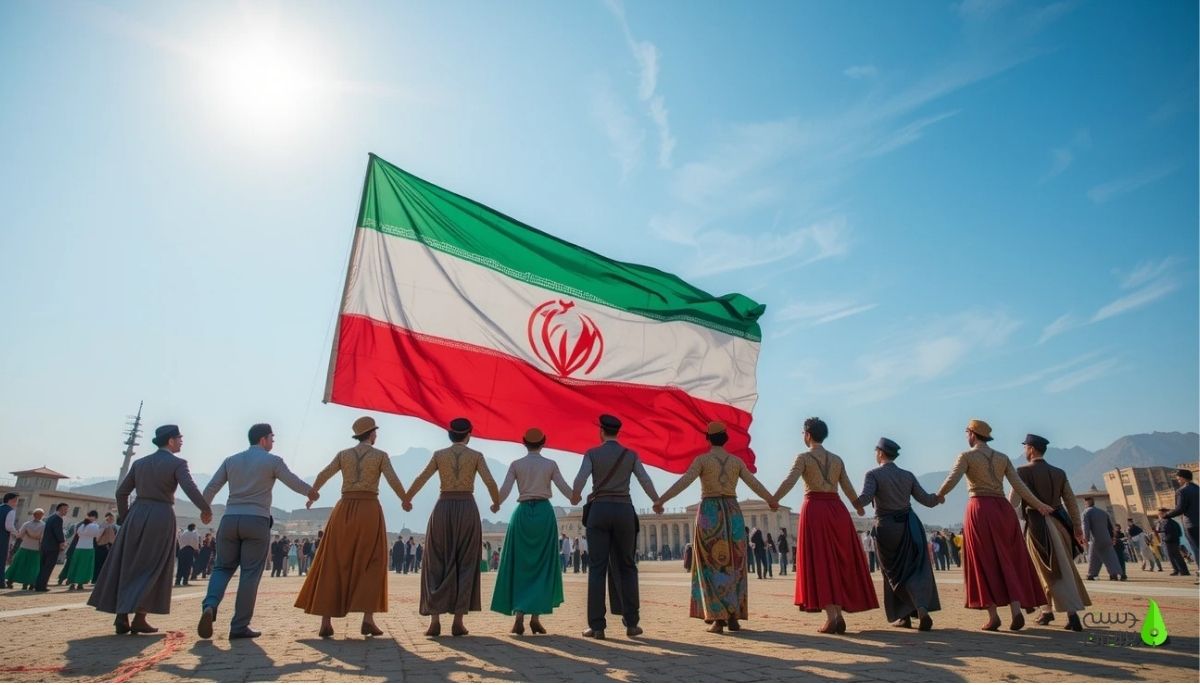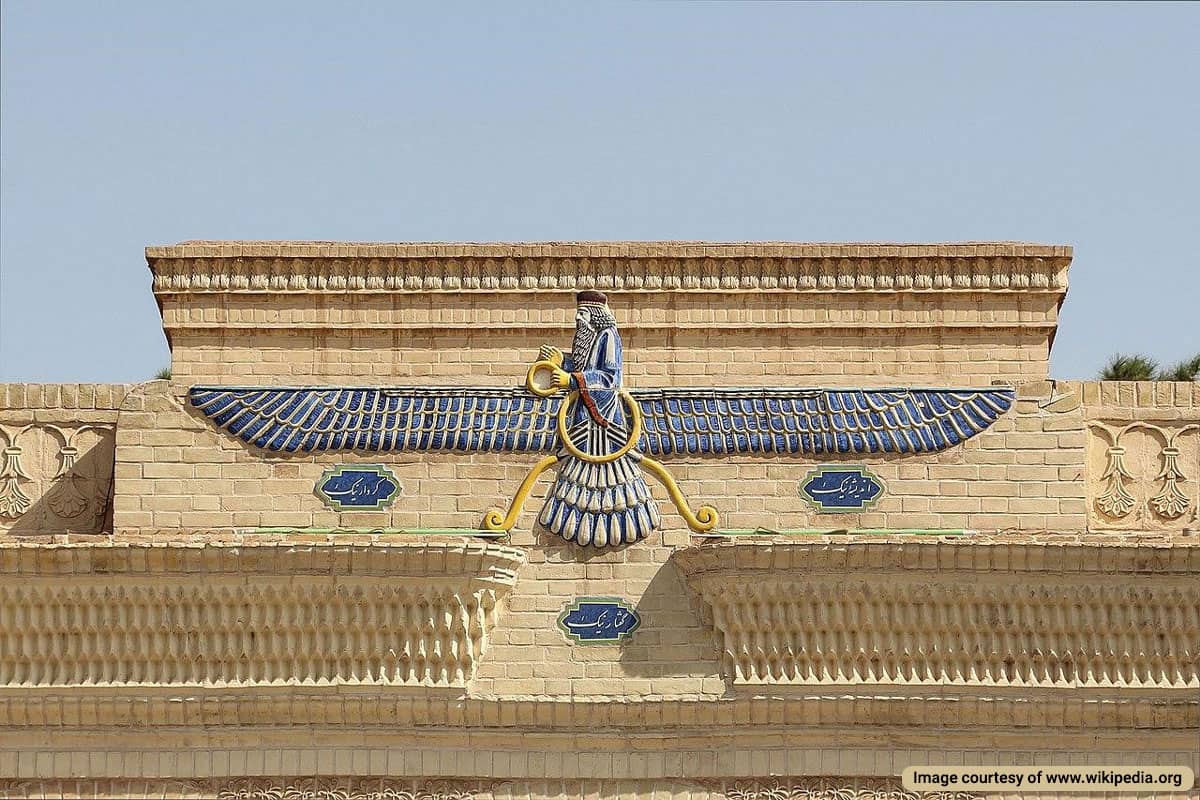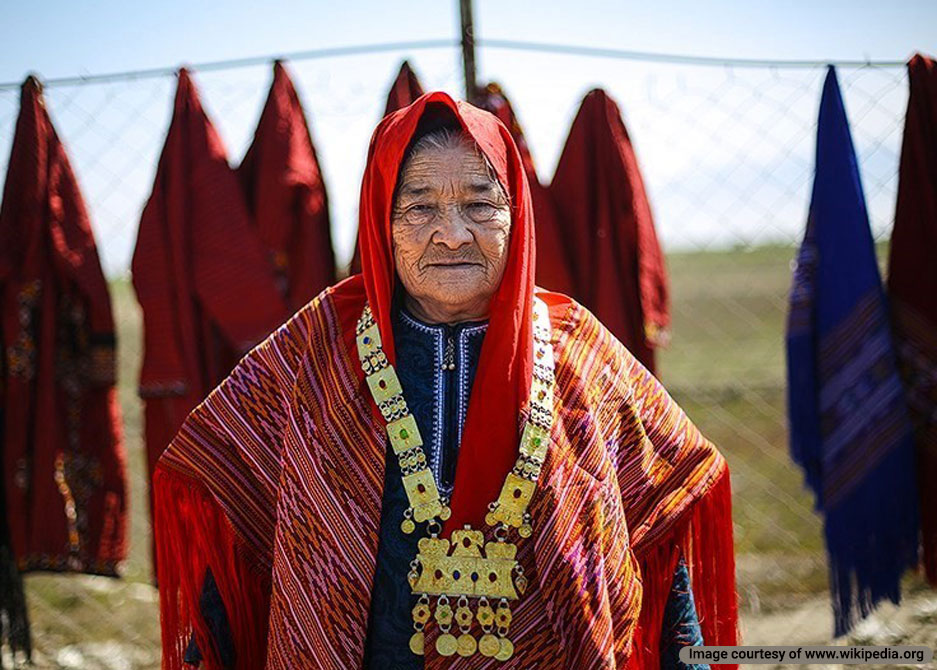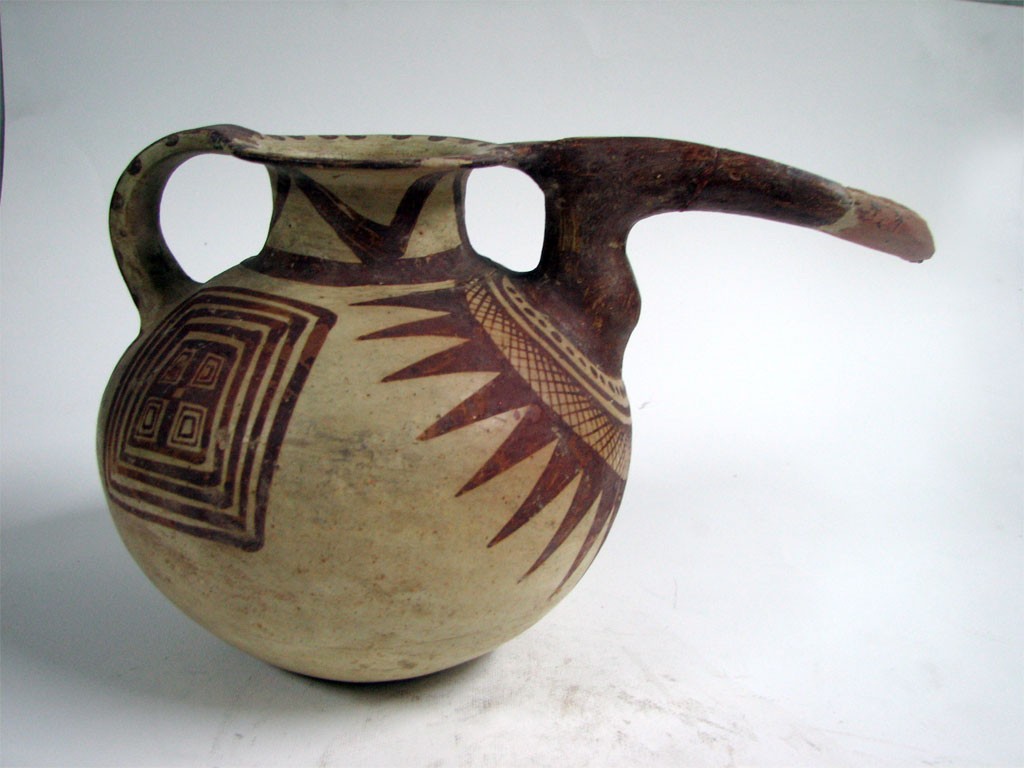
There can be found no ancient art resulting in a work like pottery making in Iran or an artificial substance like pottery. It’s the product of man’s thought and cheap with its raw material so abundantly accessible in nature. After the period of food collecting, when humans produced food, the need to restore foodstuff led to make storage vessels like jars by clay.
The most ancient potsherd found in Iran belongs to approximately between 8650 and 7000 B.C, unearthed in the Neolithic layers of Bisotun, Hutu and Kamarband caves. The first potteries were sun-dried and had no patterns on them. Later, they were baked in the ovens of houses.
Some 200 cm kilns were made in the open air afterward and heated by burning around a pile of dried animals’ excrements covering them. The results of this process were potteries baked, half-baked and carbonized.
The kilns were gradually improved into more efficient ones. The process of getting clay to be shaped underwent some better extra techniques to evacuate air totally from the paste.
The Early Patterns for Pottery Making in Iran
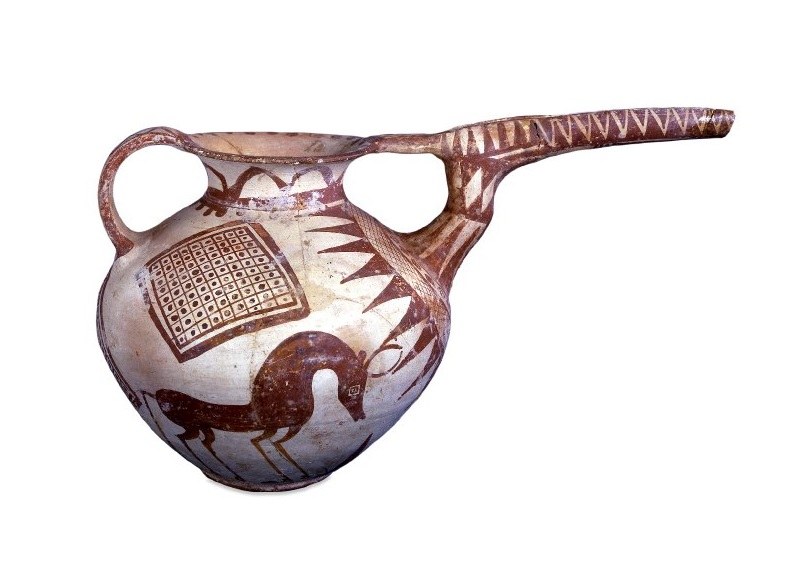
The early patterns depicted on potteries were simple angular ones. Later, animals and plants were painted on potteries in stylized ways.
Potteries, in general, were made in the buff, red and gray colors. The patterns on them were quite often in red or black.
Probably the first potters were women cooking at the ovens of their houses. They must have made various kitchen objects like vessels and containers for the storage or distribution of foodstuff as well as decorative or ritual objects like figurines for the sake of decoration or ceremonies. Such objects have been found in various parts of Iran belonging to the same or different periods. Each period has had its peculiarities in pottery making. In other words, forms, styles and techniques have undergone evolutionary stages so that wonderful works of art can be created.
Ancient Forms of Iranian Potteries
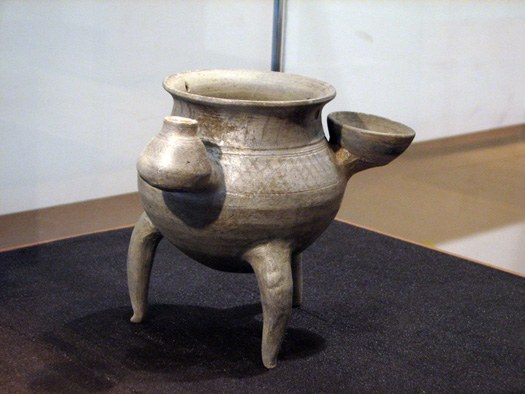
As a whole, some of the ancient forms are as follow:
Legged vessels:
They can be called fruit vessels or cookie vessels. They looked like broad bowls at the top of upside-down horn-like legs.
Legged containers:
they can be used to hold foodstuff or drink. Their forms looked like legged vessels. They were bowls or plates at the top of one or three legs. The legs were sometimes formed like the hoofed legs of animals.
Three-legged vessels:
They look like previous forms. There are pans, bowls, plates, etc fixed at the top of legs in the form of human or animals’ legs.
Stylized teapot-like vessels:
They are in the form of teapot with spout beautifully stylized. Some of them have a small handle to take the vessel by one finger. In some cases, the spout looked like birds’ bills.
Knob-legged pitchers:
They are ceremonial vessels carefully and beautifully made and decorated as relatively high deep liquid containers with knob-like feet at the bottoms.
Portable jugs:
They have been made in exceptionally beautiful forms. Most of them have two rings fixed on them: one at the lip and the other down the previous one on the more spacious curved-out part.
Angle-shaped jugs:
They were made in thin bodies, slim shapes and precisely polished surfaces. These jugs could be categorized as ritual vessels, jugs given as presents to the dead, jugs used for drinking by women so that they could give birth into children (because of a nipple like jutted-out spot on them), etc.
Spherical jugs:
They are short-necked, small-handled and spherical shaped jugs. Some other ones are more oval or parabolic. Very thin layers of clay made these jugs. Some are 3mm thick.
Children’s milk jugs:
These clay-made pacifier-like spouted jugs were made in spherical or parabolic forms with handles. Sometimes, handles and little pipes going to the inner bottom of the containers were made as one piece. Also, they were presented as gifts to dead children.
Ibex-shaped bowls:
They are ceremonial and ritual vessels in exceptional shapes. The head of an ibex or a similar animal was served as a decorative handle of such bowls. Such vessels were used to contain specific liquid in specific occasions for blessing, healing, magic, narcotizing, etc and other purposes.
Measuring vessels:
Some of these vessels have small handles and some have small resting feet. They are found abundantly in various historical mounds for measuring function.
Cooking pots:
These pots were spherical or parabolic in forms often with a pair of symmetrical handles on both sides of necks. They have lids and are made in such a way that they could be heated.
Top-handled teapot-like vessels:
They are some of the most ancient forms made commonly in Iran. They are used as liquid containers. With the help of their spouts, the liquid could be easily poured into other vessels.
Collyrium holders:
There are numerous variations of these potteries. There were usually made like three jutted-out leg-shaped sections at the bottom of them. There are tiny holes at their tops extended down to the inner bottom of vessels. Apparently, a wooden stick was used to take collyrium out of the vessel to be used as make up. Most of them have been found at women’s graves.
Bowls:
They usually have short legs (if any) and broad necks. Most of them have got small handles near their topsides.
Jars:
They are large spacious clay-made vessels for storing foodstuff or liquid. They are usually high and without handles.
Cups:
They usually have short legs (if any) and are beautifully decorated. The clay used to make them is fine, hard and generally shinning. They are not that much different from what we today drink tea or coffee in.
Mugs:
They are ordinary liquid containers used for drinking that are very much similar to the mugs we use ordinarily for drinking tea, water, etc nowadays.
Large pots:
In everyday use, they were pots used for putting smaller clay-made vessels in something like a box or case.
When you study the history of pottery making in Iran, you will realize that many of the above objects were made by pottery wheels since the invention of such wheels in Iran (5000-4000 B.C). But, before that invention man had to make what he needed without them.
Decorating potteries by painting various patterns is indicative of ancient Iranians’ tastes for expressing their feelings, needs, wishes, appreciation, etc. It could be named in one word, art.
Gray pottery or black pottery started to be made almost 3000 years ago. Water could be heated inside such potteries up to the boiling point. Cereals and other foodstuffs could be cooked inside them. In addition to the functions of gray potteries, decorating them needed techniques different from those utilized for buff or red ones.
So, they had to create embossed patterns on them or create new forms. Moreover, bricks, tablets, etc were made of clay and could be categorized under the same techniques for treating clay.
Glazing Techniques in Iranian Potteries
During the 2nd millennium B.C. glazing potteries in light turquoise color started in Elam. The techniques of glass-making and glazing objects were transferred from Elamites to Assyrians. There have been unearthed glazed bricks in blue, green, white or a mixture of them in Chogha Zanbil temple. Vessels were later glazed by the same techniques.
Later, during different dynasties ruling Iran, pottery was made and glazed. Glazed bricks were used to decorate Achaemenian palace walls. Rhytons were used very commonly during Parthians in Iran. They were vessels having the head of animals (sheep, goat, etc) at their spouts used for pouring a liquid into other vessels, not drinking directly from it.
During that period, large glazed vessels were made. They looked like coffins or jars served as coffins as well as oil lamps.
During the Sassanians, glazing techniques were revolutionized and were later used in the high quality glazed vessels of post-Islam eras.
Pottery Making in Post-Islam Iran
After Sassanians, potters were inspired by Koranic meanings in their works. Luster painting and enameling decorative techniques were added to the previous techniques.
The inherited traditions of previous dynasties (Achaemenians, Parthians and Sassanians) in creating various forms of three-dimensional legendary mythical animals were served as models for the early post-Islam period’s artists.
During Samanids, like in many fields of art, Iranians started to revive their old traditions in pottery making after centuries of the prohibitions imposed on them by Arab rulers. They began decorating potteries and ceramics by beautiful and modest calligraphic sentences wishing blessing for the objects’ users. Also, ancient stories scenes like Khosrow and Shirin, Bizhan and Manizheh, etc were depicted on vessels.
Seljuk Period
During Seljuks, in addition to the previous techniques, molded potteries were made without glazing. Animals’ patterns and calligraphic writings were used to decorate their objects as well.
Ilkhanid Period
After Mongols’ invasion, a new style was used to decorate potteries. It was black and blue under glazed painting. Also artists began to produce protruded decorations and it turned out to be quite a common style.
Timurid Period
When Timurids were ruling Iran, Chinese influence was continued in pottery making. For instance, green or turquoise under glazed scroll compositions became common. Artists continued to produce glazed tiles in larger scales. Chinese motifs, like dragons, also entered Iranian art.
Safavid Period
During Safavids, particular potteries were made bearing miniatures, carpet designs and textile designs as decorations. Imitating Chinese chinaware resulted in producing better quality materials and better products compared with the Chinese ones. Also, various artistic vessels were made. Tile works flourished and mosques and similar structures were decorated with plenty of them.
Modern Technology
After the Safavids, pottery making began to decline because of trade with Europe and the importation of lots of ceramics and chinaware. Today, the industrialized ways of producing pottery, ceramic, chinaware, etc have innovated the methods of pottery making in Iran and science has helped upgrade the know-how of this field. However, if it’s all done this way, it won’t be art anymore. Fortunately, there are some traditional workshops still working and people’s interest for these products is growing nowadays.


